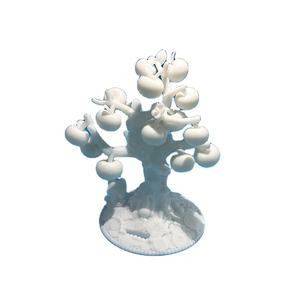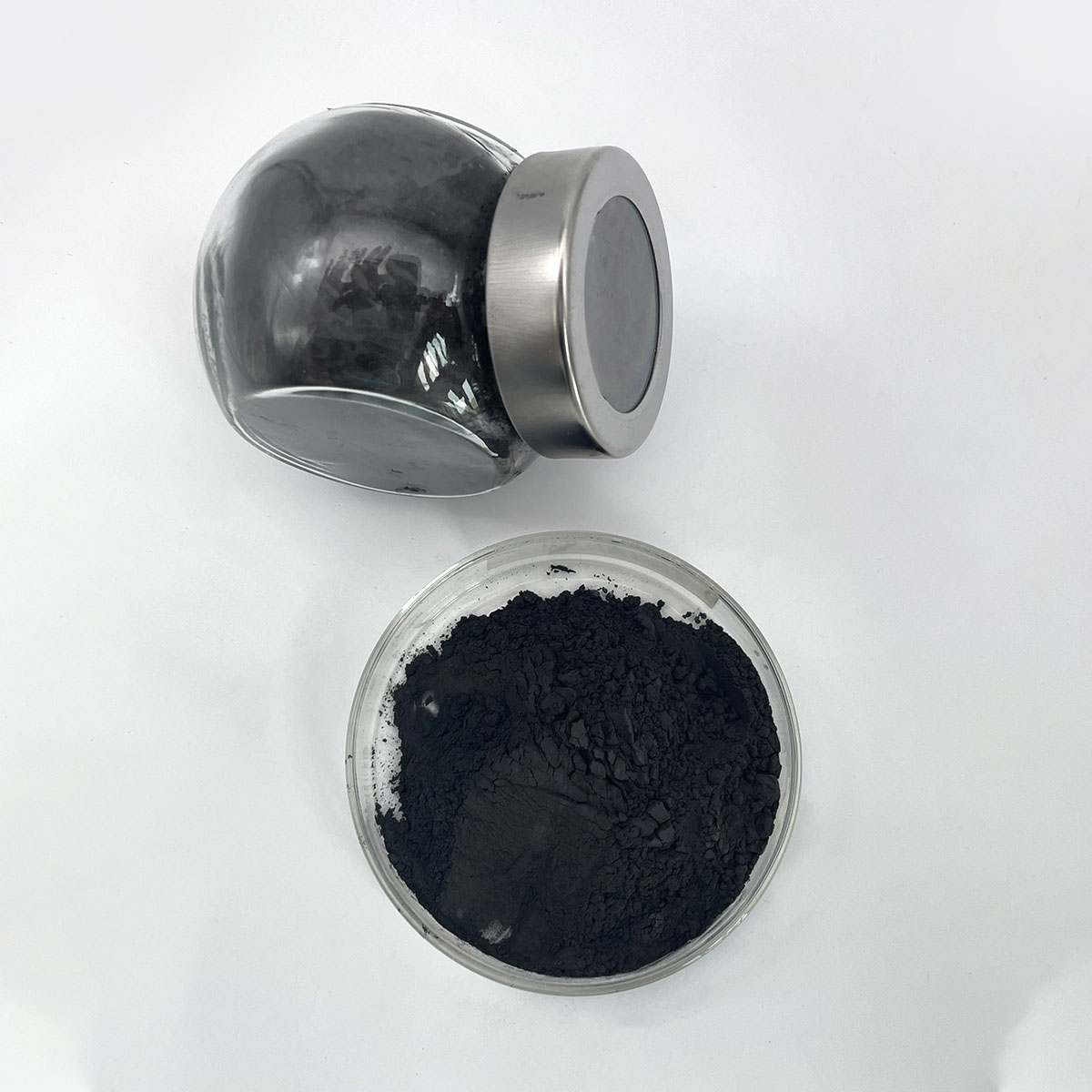Intro to Steel Powder for 3D Printing
Steel powder for 3D printing is changing the production landscape, using unprecedented precision and modification. This innovative material makes it possible for the production of complex geometries and elaborate designs that were previously unachievable with typical approaches. By leveraging metal powders, industries can introduce faster, minimize waste, and attain greater efficiency criteria. This short article explores the make-up, applications, market trends, and future leads of metal powder in 3D printing, highlighting its transformative influence on numerous markets.
(3D Printing Product)
The Make-up and Properties of Steel Powders
Steel powders utilized in 3D printing are typically made up of alloys such as stainless-steel, titanium, aluminum, and nickel-based superalloys. These products have distinct residential or commercial properties that make them suitable for additive manufacturing. High pureness and constant fragment dimension distribution make certain uniform melting and solidification throughout the printing procedure. Trick features include superb mechanical stamina, thermal security, and deterioration resistance. In addition, steel powders supply remarkable surface area coating and dimensional precision, making them crucial for high-performance applications.
Applications Throughout Diverse Industries
1. Aerospace and Defense: In aerospace and protection, metal powder 3D printing reinvents the production of lightweight, high-strength parts. Titanium and nickel-based alloys are frequently made use of to produce get rid of complicated inner frameworks, minimizing weight without jeopardizing stamina. This modern technology makes it possible for fast prototyping and personalized manufacturing, speeding up development cycles and decreasing lead times. Furthermore, 3D printing permits the development of parts with integrated air conditioning channels, improving thermal administration and performance.
2. Automotive Industry: The vehicle field gain from steel powder 3D printing by generating lighter, more reliable parts. Aluminum and stainless-steel powders are made use of to make engine parts, exhaust systems, and structural parts. Additive manufacturing promotes the design of enhanced geometries that improve gas effectiveness and decrease discharges. Personalized production likewise permits the development of limited-edition or specific automobiles, conference varied market demands. In addition, 3D printing reduces tooling expenses and makes it possible for just-in-time production, simplifying supply chains.
3. Medical and Dental: In clinical and dental applications, steel powder 3D printing offers customized remedies for implants and prosthetics. Titanium powders give biocompatibility and osseointegration, ensuring risk-free and efficient integration with human tissue. Custom-made implants tailored to private patients’ compositions improve medical results and individual complete satisfaction. Furthermore, 3D printing increases the advancement of new clinical tools, promoting quicker regulative authorization and market entrance. The ability to produce intricate geometries additionally supports the production of ingenious oral remediations and orthopedic devices.
4. Tooling and Molds: Metal powder 3D printing transforms tooling and mold-making by enabling the production of intricate mold and mildews with conformal cooling networks. This technology enhances cooling down performance, lowering cycle times and improving part quality. Stainless-steel and tool steel powders are commonly utilized to develop sturdy molds for shot molding, die spreading, and stamping processes. Custom-made tooling also enables fast iteration and prototyping, accelerating item advancement and minimizing time-to-market. Additionally, 3D printing eliminates the requirement for costly tooling inserts, decreasing production expenses.
Market Patterns and Development Drivers: A Progressive Viewpoint
1. Sustainability Initiatives: The global promote sustainability has influenced the adoption of steel powder 3D printing. This modern technology lessens material waste by utilizing only the needed quantity of powder, decreasing ecological effect. Recyclability of unsintered powder even more enhances its environment-friendly credentials. As sectors focus on lasting techniques, steel powder 3D printing aligns with ecological goals, driving market growth. Innovations in eco-friendly manufacturing processes will remain to increase the application potential of steel powders.
2. Technical Advancements in Additive Production: Quick improvements in additive manufacturing innovation have increased the capabilities of steel powder 3D printing. Improved laser and electron beam of light melting strategies make it possible for faster and much more specific printing, boosting efficiency and part high quality. Advanced software tools help with seamless design-to-print process, maximizing component geometry and construct orientation. The combination of artificial intelligence (AI) and artificial intelligence (ML) more enhances process control and issue discovery, making sure trustworthy and repeatable results. These technological advancements placement metal powder 3D printing at the forefront of manufacturing advancement.
3. Expanding Demand for Modification and Personalization: Enhancing customer demand for customized items is driving the fostering of steel powder 3D printing. From tailored clinical implants to bespoke vehicle components, this innovation allows mass customization without the connected cost fines. Personalized manufacturing additionally sustains particular niche markets and specialized applications, giving one-of-a-kind value suggestions. As consumer expectations evolve, metal powder 3D printing will continue to meet the expanding demand for tailored solutions across industries.
Challenges and Limitations: Browsing the Path Forward
1. Expense Considerations: In spite of its many benefits, steel powder 3D printing can be more expensive than conventional manufacturing techniques. High-quality steel powders and advanced tools add to the total cost, restricting more comprehensive adoption. Producers need to balance performance advantages against economic restrictions when choosing products and technologies. Addressing cost barriers via economic climates of range and procedure optimization will be essential for wider acceptance and market infiltration.
2. Technical Proficiency: Effectively applying metal powder 3D printing needs specialized expertise and handling techniques. Small suppliers or those not familiar with the innovation might deal with difficulties in optimizing manufacturing without appropriate expertise and devices. Connecting this gap with education and learning and easily accessible technology will certainly be vital for more comprehensive adoption. Equipping stakeholders with the necessary skills will open the complete possibility of steel powder 3D printing across sectors.
( 3D Printing Powder)
Future Leads: Developments and Opportunities
The future of steel powder 3D printing looks promising, driven by the increasing demand for lasting, high-performance, and personalized solutions. Ongoing research and development will lead to the production of brand-new alloys and applications for steel powders. Innovations in binder jetting, guided power deposition, and chilly spray technologies will better increase the capabilities of additive manufacturing. As markets prioritize efficiency, sturdiness, and environmental obligation, steel powder 3D printing is positioned to play an essential role fit the future of production. The constant development of this modern technology assures interesting opportunities for advancement and development.
Verdict: Accepting the Possible of Metal Powder for 3D Printing
Finally, steel powder for 3D printing is reinventing manufacturing by allowing exact, personalized, and high-performance manufacturing. Its one-of-a-kind homes and comprehensive applications provide considerable benefits, driving market development and innovation. Comprehending the benefits and obstacles of metal powder 3D printing makes it possible for stakeholders to make educated decisions and maximize emerging chances. Accepting this technology indicates welcoming a future where technology satisfies reliability and sustainability in manufacturing.
Premium Metal Powder for 3D Printing Provider
TRUNNANO is a supplier of nano materials with over 12 years experience in nano-building energy conservation and nanotechnology development. It accepts payment via Credit Card, T/T, West Union and Paypal. Trunnano will ship the goods to customers overseas through FedEx, DHL, by air, or by sea. If you want to know more about Nano Silicon Dioxide, please feel free to contact us and send an inquiry.(sales5@nanotrun.com)
All articles and pictures are from the Internet. If there are any copyright issues, please contact us in time to delete.
Inquiry us
Error: Contact form not found.


